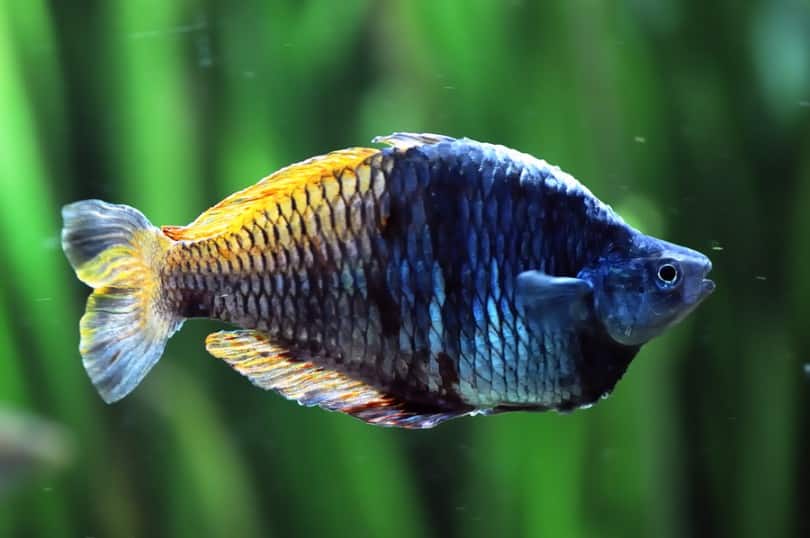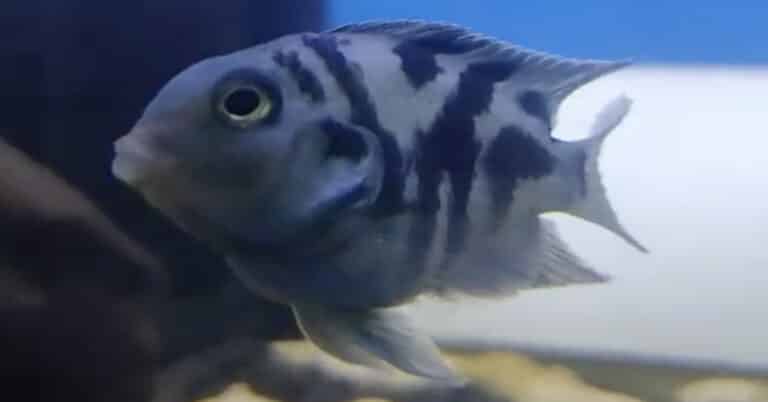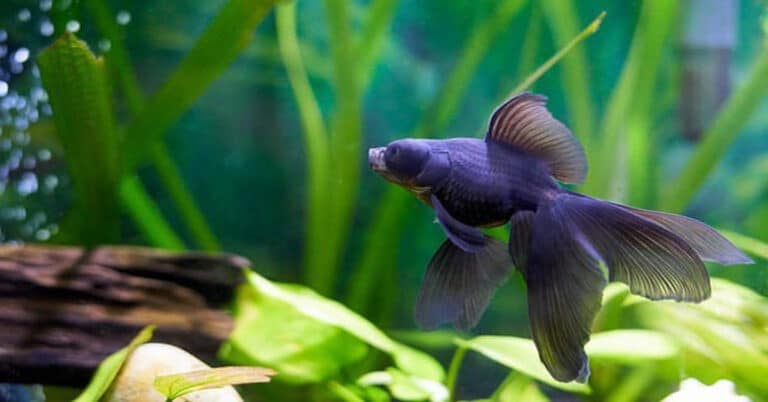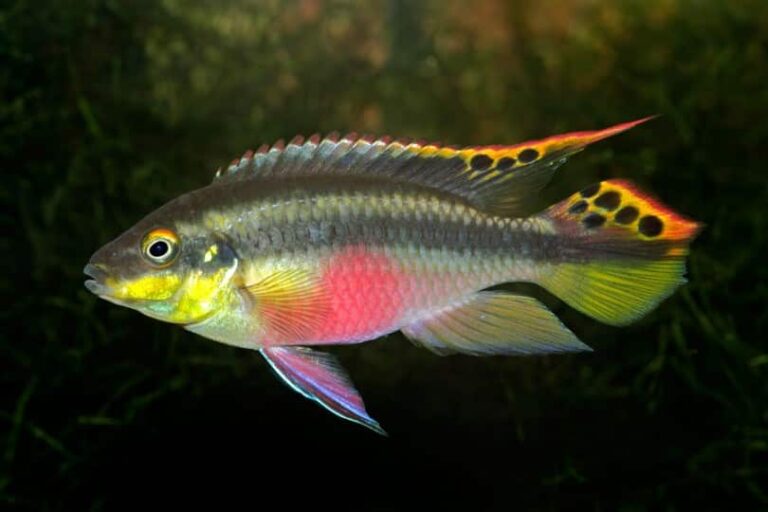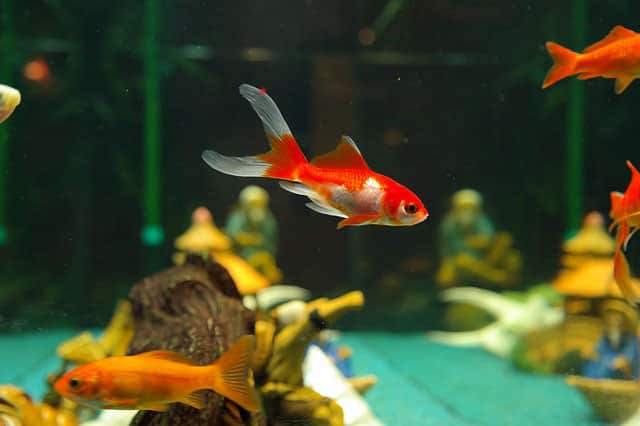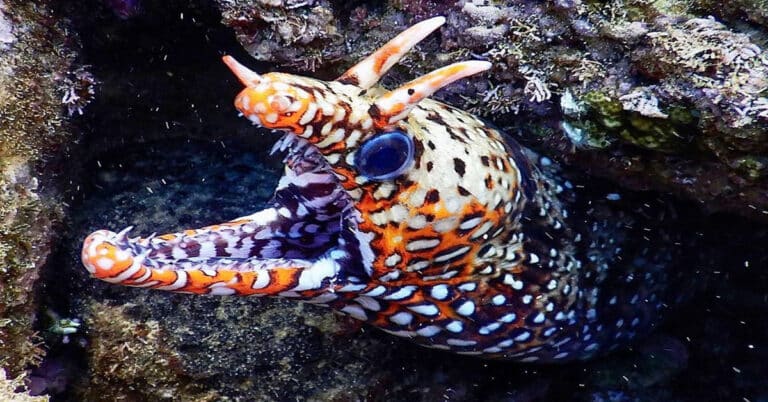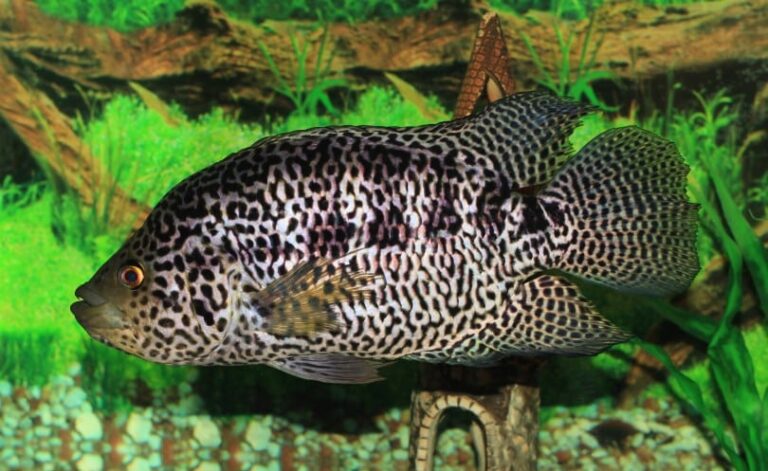Australian Rainbow Fish
The Rainbow fish, scientifically named Melanotaeniidae is a small, freshwater, colorful fish that is seen in New Guinea, the Northern and Eastern coasts of Australia, Raja Ampat islands, and the Islands of Cenderawasih Bay.
The biggest of the species of the Melonotaenia Rainbow Fish is derived from the prehistoric Greek script Taenia (banded) and, Melano (black). Which means ‘black-banded,’ which refers to the frequently prominent black bands along the sides and stretches along the bodies of the fish belonging to the genus of Melonotaenia.
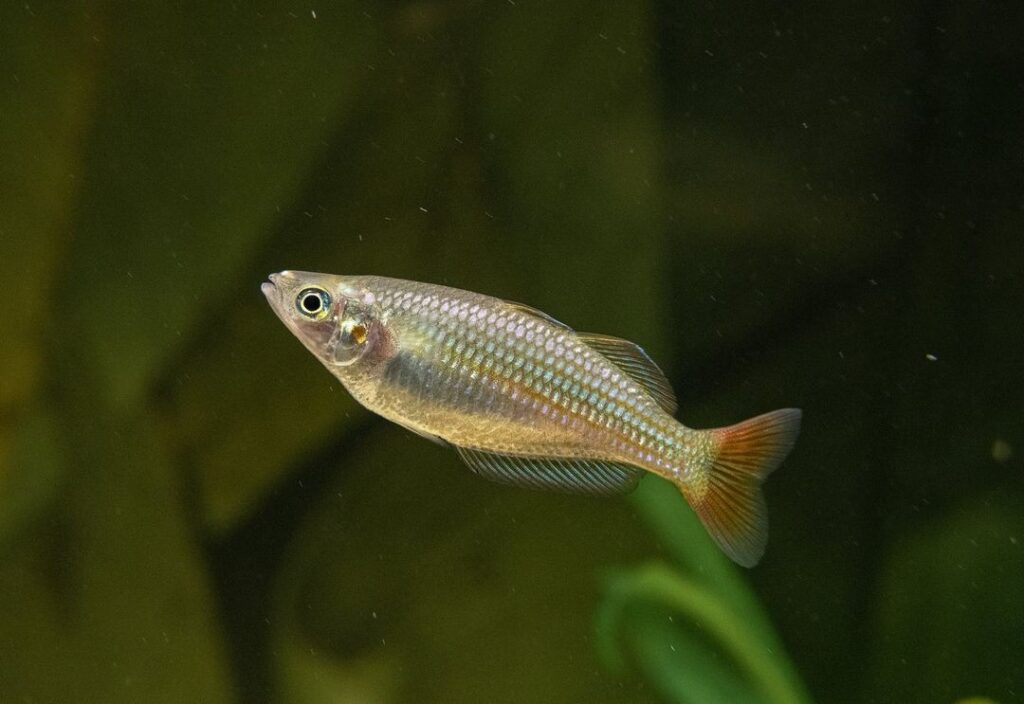
Habitat and Range
The habitat of the Rainbow fish is the water source of Australia, particularly, in streams, rivers, swamps, ponds, and ditches, where the water is comparatively clear and still and the vegetation is dense. They are inclined to gather together in schools in the region of grassy river banks and logs. Even though they are omnivores, they consume chiefly crustaceans and insects found in nature. The other general names by which they are known are Crimson-spotted rainbow fish, Murray River rainbow fish, and Inland rainbow fish.
Description
The Rainbow fish normally measures below 12 cm (4.7 inches), certain varieties measure below 6cm. (2.4 inches), whereas one variety, Melonotaenia Vanheurni, attains lengths reaching 20 cm. (7.9 inches). Usually the male grows about 8.5cm long, and the female grows only up to 7cm. This fish has an elongated body with large eyes and a small head. It is usually seen with dual dorsal fins, and a pointed, sharp anal fin. It also has caudal fin or tail that is forked slightly. Except the caudal fin, the other fins on the body of the Australian Rainbow fish are yellow in color that have dark margins along with red and orange markings.
These beautiful Australian Rainbow fish are colorful, hence suitable for a fish tank. They derived their name due to their colorful appearance. The sides of its body are covered in silvery brown shade, and when they glitter, you can see a green sheen. Starting from the snout of its body, a blue stripe runs towards the caudal fin. In the male species, many orange colored strips extend laterally from the posterior half of the body till the edge. The other distinctive feature of the male fish is that their fins like anal, dorsal and caudal, are covered with red spots and black margin during the time of breeding. Compared to the male, the female is pale colored, and misses some of the charming and reddish stripes near the caudal peduncle Their habitat includes extended ranges of freshwater habitats, such as lakes, rivers and swamps.
They spawn the throughout the year, but lay a certain huge quantity of eggs at the beginning of the monsoons.
Growing at Home
Breeding
Establish the breeding tank with spongy filter, together with a spawning mop or several plants having thin leaves. Also place in the aquarium a pair of robust matured rainbow fish. Keep them healthy, by feeding them with plant based food and live food. Bear in mind that you are about to simulate the oncoming rainy season in the wild (food was plenty at that time, in their natural habitat); therefore, feed your fish with better quality and enough food than you generally give them.
Once the female has laid the eggs, the male displays an astonishing display of powerful colors and draws the attention of the female to the place of spawning and then spawns, and after that decides to relax. Remove the plants or mop and replace them, for otherwise the eggs will be consumed.
Tank
If you maintain the water in the tank clean, then taking care of the fish becomes easy. Once a week, you must replace a minimum of 25 to 50% of the water in the tank, in case the tank is thickly stored. These Rainbow fish are expert swimmers; therefore you could use a tank of 30 gallons in. minimum length. An ideal size is 30 gallons or bigger. In addition to this secure the tank with a lid, because the fish is an expert jumper and will never hesitate if it gets a chance.
Water Condition
The Rainbow fish comes from places with a great range of temperature variations; therefore the rainbow fish tolerates a wide range of temperature conditions. They are seen in waters where the temperature is as low as 5°C (41°F). The varieties that inhabit shallow water bodies, that are facing acute Australian sun, tolerate water temperature exceeding 35°C (95°F) The other water parameters are also different in the natural habitat, from where they come. Usually, they adjust to any level of hardness and pH, except the extreme levels. The exact parameters depend on the type of rainbow fish you select to breed, like some of them prefer acidic and soft water, whereas some thrive well in alkaline conditions. Fortunately, most of the types of rainbow fish can be kept in a water tank with a pH level between 6.5 and 7.5, and the level of hardness ranging from 0 to 100 ppm.
Though, the Rainbow fish adapts well to any water quality and parameters, those levels should not be completely neglected as the bright colors of this fish intensifies only when given a fresh and clean water habitat. Even the process of reproduction can be successful, only if the water parameters are normal and if the water is clean. This can be achieved by placing an internal power filter as well as an external canister that also clears the biological waste.
Food
The Australian rainbow fish, belongs to the omnivorous variety; however, at the start they eat terrestrial arthropods and aquatic invertebrates, those that are dropped in the water in its wild habitat. When in custody, they need a proper diet, consisting of almost 60 to 75% good quality processed food, that is suitable for a fish belonging to the omnivores type and size. The remaining diet comprises of live feed. Certain superior food varieties are blood worms, white worms or brine shrimps.
Setup
The most preferred habitat for the Rainbow fish is one that imitates nature. Those that simulate the natural habitat are thick vegetation, a sandy substrate and bog wood; these simulate the conditions of the rivers of the Australian Rainbow fish. Sunlight reflecting into the tank for a short period of 1 to 2 hours a day is a good idea. When you watch the fish in the tank by the light of the Sun, you can see a good reflection of the fish.
Most of the rainbow fishes are found in aquariums that are properly arranged with plants. While selecting plants, go for plants that are tolerant to hard and alkaline properties suitable for your fish.

Having discovered a fondness for insects while pursuing her degree in Biology, Randi Jones was quite bugged to know that people usually dismissed these little creatures as “creepy-crawlies”.

